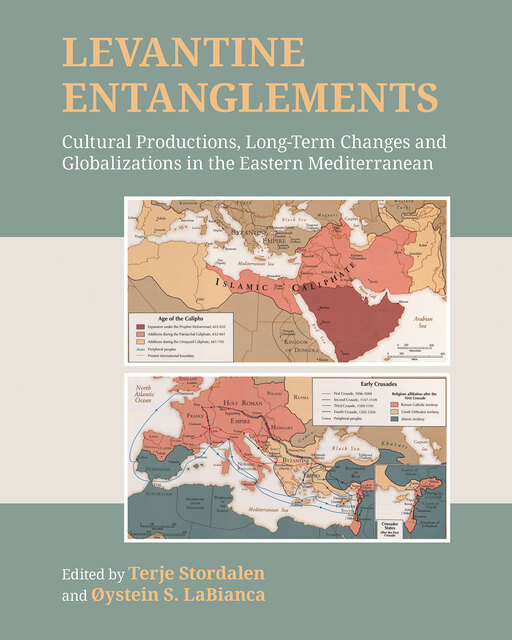Stordalen/Levantine, 13. The Agency of Women in Curating the Christian Holy Land

Full description
This essay demonstrates women’s agency in the production of the holy land in contrast to the process of scriptural canonization by discussing three key figures and their contributions to defining holy places and spreading Christian ideas about them. First, Constantine’s mother Helena, as well as other elite and imperial women, constructed and financed churches, thereby defining the vision of Jerusalem as a holy city and the East as a fully integrated part of the empire. Second, women shaped the holy land by participating in pilgrimage, a movement that became popular in the fourth century. Egeria is the prime example, and her correspondence to her community of women in the West shows how travel in Palestine sacralized sites and forged links between Christians in the East and West. Finally, Paula and her daughter Eustochium, friends of Jerome, settled in Bethlehem and wrote to Marcella in Rome, encouraging her to come to the holy land. Even though they were engaged in the same project of establishing scholarly and ascetical communities that defined the Christian presence in the area, Jerome and Paula had distinct views of land and scripture that make their correspondence valuable for the question of gender in the formation of the canon and holy land.
- typeImage
- created on
- file formatjpeg
- file size273 KB
- container titleLevantine Entanglements: Cultural Productions, Long-Term Changes and Globalizations in the Eastern Mediterranean
- creatorJill E. Marshall
- isbn9781781799130 (eBook)
- publisherEquinox Publishing Ltd.
- publisher placeSheffield, United Kingdom
- rights holderEquinox Publishing Ltd.
- doi
We use cookies to analyze our traffic. Please decide if you are willing to accept cookies from our website. You can change this setting anytime in Privacy Settings.
